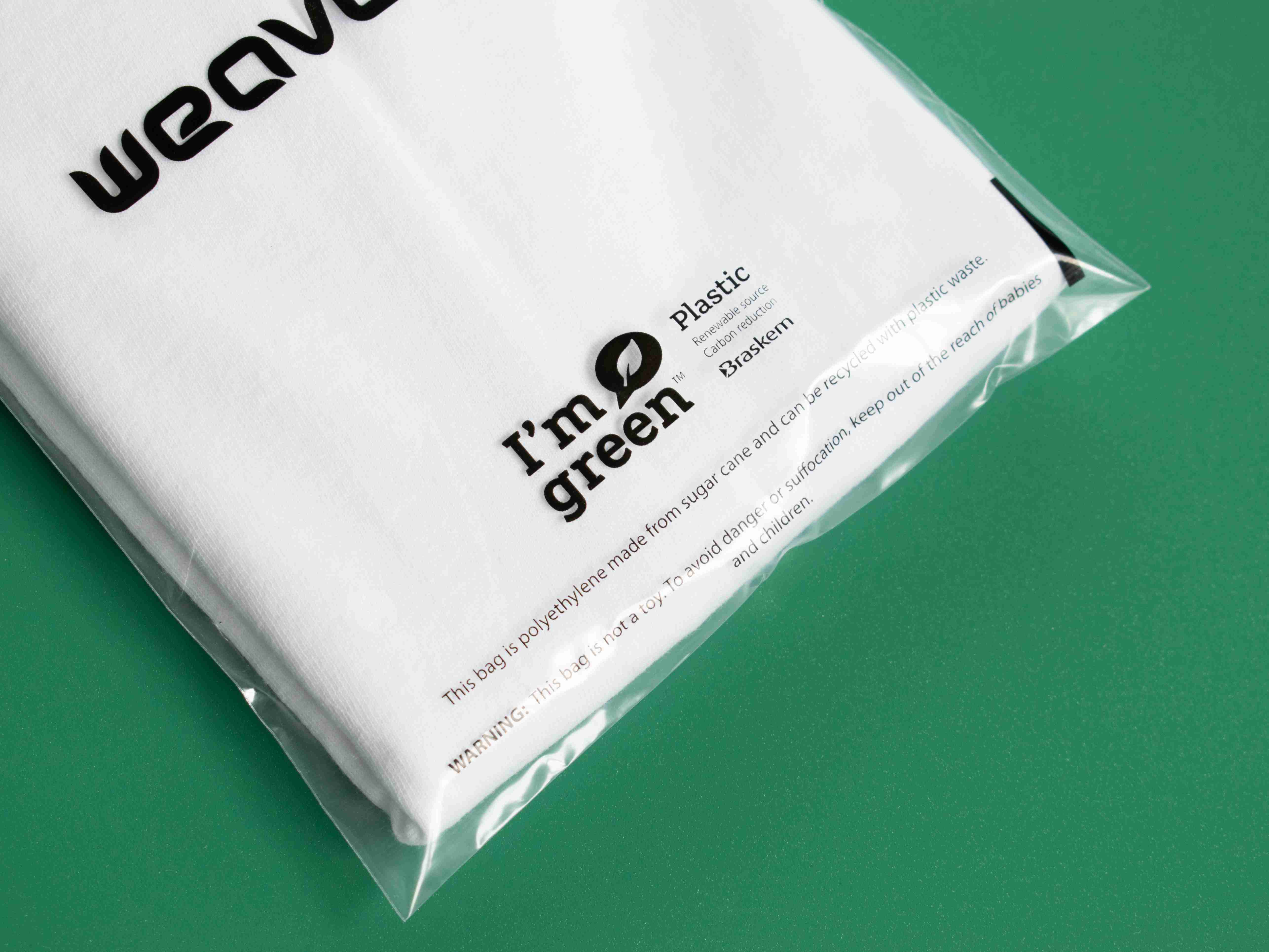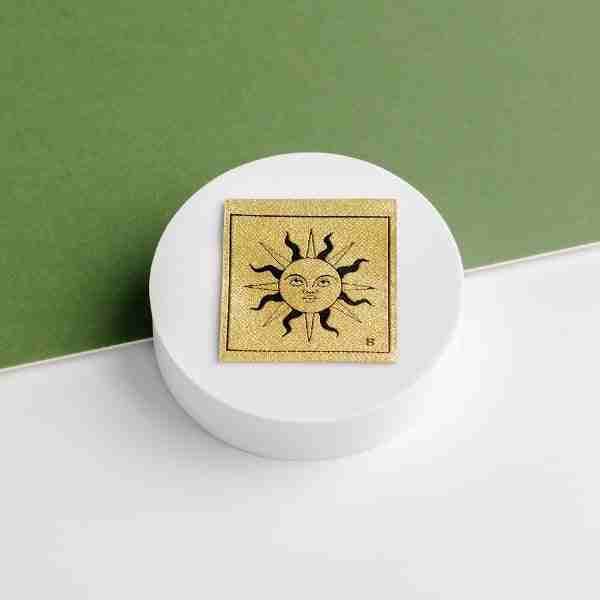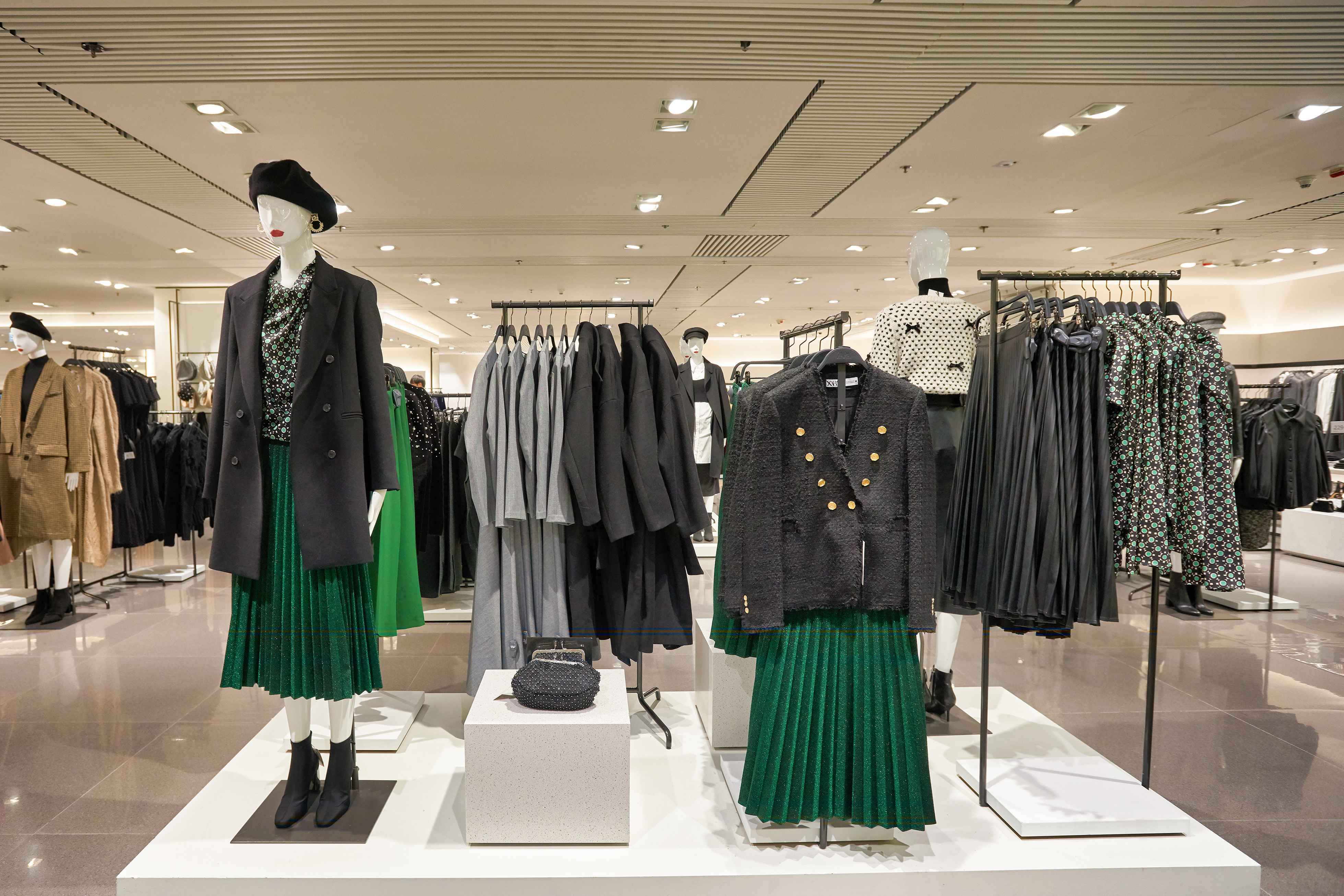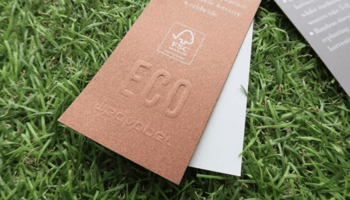How to source sustainable labels and packaging for activewear brands
Transform your activewear brand with our guide to sustainable labels and packaging. Learn how to source eco-friendly materials and build a supply chain that reflects your commitment to the planet.
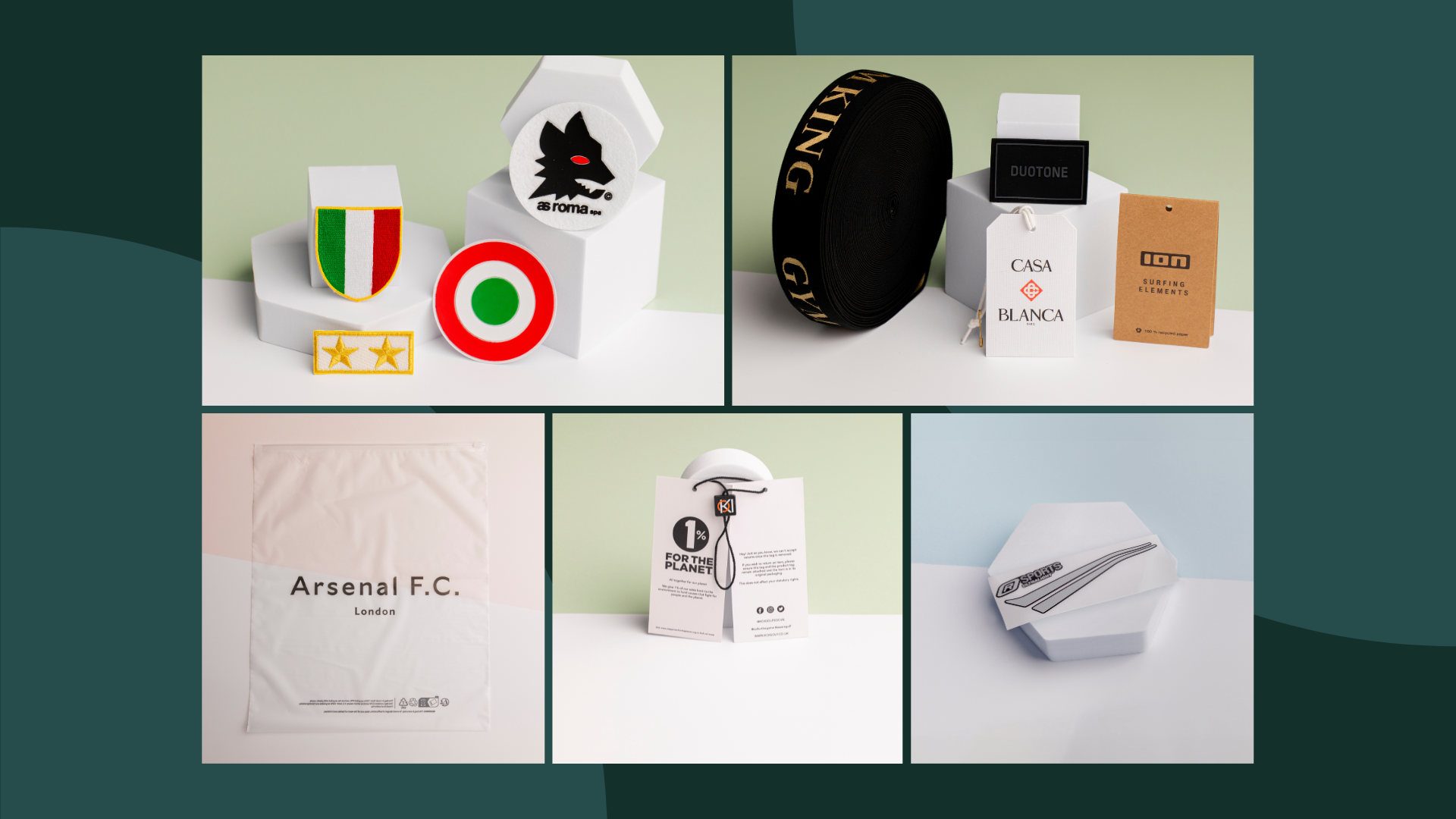
High-performance activewear has evolved beyond just fabric and fit. Today's consumer, motivated by both health and environmental awareness, expects a brand's integrity to extend from their product's design all the way to its disposal.
In a market where sustainability is no longer optional, building a powerful brand means committing to eco-friendly practices at every stage. The journey towards a more sustainable supply chain often begins with the most overlooked details. That includes sustainable labels, trims and packaging.
These small components carry immense weight, serving as tangible proof of a brand’s values and a critical part of the customer's journey. By making conscious choices here, brands can significantly reduce their environmental footprint, build trust and gain a competitive edge.
This guide will walk you through the essential steps to source sustainable labels and packaging, transforming your approach to sustainable activewear branding and ensuring your brand's commitment to the planet is as strong as its products.
The new definition of performance
For a modern activewear brand, "performance" is a dual metric. It’s not just about how a garment performs during a workout, but how it performs for the planet. The industry is moving away from a linear "take-make-dispose" model towards a circular economy where materials are kept in use for as long as possible.
This shift is driven by a new generation of consumers who are savvy about materials and production. They understand the environmental cost of virgin plastics and harmful dyes. They actively seek brands that use recycled, organic and biodegradable materials, from the fabric of their leggings down to the hangtag on a sports bra.
By focusing on sustainable sourcing for every component, brands can establish an authentic connection with this conscious consumer base, proving that their commitment to performance is holistic for the athlete and for the Earth.
The core of your brand: Sustainable trims & labels
Your brand identity lives in the details. From the neck label to the zipper pull, these small components are a constant touchpoint for the customer. Sourcing them sustainably is a non-negotiable step in building a truly sustainable activewear brand.
Woven labels
Traditional woven labels often use virgin polyester, a material derived from fossil fuels. A powerful alternative is recycled polyester (rPET), a high-quality yarn made from post-consumer plastic bottles.
Sourcing labels from rPET diverts plastic from landfills and reduces reliance on virgin resources. A woven label made from rPET is just as durable and high-definition as its conventional counterpart, but it carries a powerful sustainability story that can be woven directly into your product's narrative.
Care labels
Care labels are essential for consumer information and product longevity. For activewear, they need to withstand rigorous washing and wear cycles.
Rather than using conventional materials, brands can opt for TPU (Thermoplastic Polyurethane) care labels. TPU is a versatile and durable material that can be sourced from sustainable inputs.
These labels are flexible, smooth and resistant to chlorine, saltwater and UV exposure, making them a perfect, long-lasting solution that prevents the need for early replacement.
Swing tags
Swing tags are a prime opportunity for a brand’s first impression. They’re also one of the first things a customer discards. To mitigate this waste, brands can use a variety of innovative, sustainable materials that can be recycled, composted or even planted.
- FSC-certified papers: Sourced from responsibly managed forests, these papers ensure that the material used for your tags has a minimal impact on the planet's forests.
- Recycled materials: Papers made from recycled coffee cups, old clothing scraps or other post-consumer waste provide a second life for materials that would otherwise end up in a landfill.
- Plantable seed paper: A truly unique option, these tickets are embedded with wildflower or herb seeds. After reading the product information, a customer can plant the tag and watch it grow, transforming a piece of waste into life.
Want to know more about sustainable, plastic-free alternatives?
Download our Reflekt collection digital brochure to discover more.
Heat transfers
Heat transfers offer a smooth, tagless option for branding, which is especially important for activewear to prevent chafing and irritation. To make them sustainable, brands should source transfers made with water-based, non-toxic inks.
These transfers avoid the use of harsh chemicals and can be applied seamlessly, providing a comfortable, durable and eco-friendly branding solution that's fully integrated into the garment.
Other trims
The sustainability journey extends to every zipper, button and drawstring. Brands can source these small but crucial components from recycled or sustainable materials.
This includes zippers and buckles made from recycled plastic, or buttons crafted from biodegradable materials like nuts or seeds. Every single detail, no matter how small, adds up to a more sustainable and trustworthy brand.
The unboxing experience: Sustainable packaging
The unboxing experience is a pivotal moment for a brand. It's the first physical interaction a customer has with your product and it can leave a lasting impression for better or for worse.
Shifting to sustainable packaging is a powerful way to demonstrate your brand's values from the moment a package arrives on a customer’s doorstep.
Poly bags
Traditional plastic poly bags are a major contributor to plastic waste. However, new and innovative materials have emerged that offer the same protection with a significantly reduced environmental impact.
- Recycled LDPE/CPE: These bags are made from recycled plastics, diverting waste from landfills and creating a closed-loop system.
- Cornstarch & cellulose: Derived from renewable plant-based resources, these materials are biodegradable and compostable, breaking down naturally after use.
- Water-soluble bags: Products like Aquapak/Hydropol are made from non-toxic, water-soluble polymers. When placed in water, they dissolve completely, leaving behind no microplastics. This is one of the most innovative and impactful solutions for activewear packaging.
Mailer bags
For e-commerce, mailer bags are the frontline of your brand's presentation. Choosing recycled or FSC-certified paper bags over conventional plastic mailers can drastically reduce your carbon footprint and appeal to the eco-conscious consumer.
These bags are durable, fully recyclable, and can be custom printed with your brand’s logo and messaging, providing a premium, sustainable alternative.
Garment & gift packaging
Beyond the simple mailer, brands can use reusable garment bags made from organic cotton or recycled materials to protect products and add a layer of luxury.
For gifting, using sturdy, recycled cardboard boxes and recycled tissue paper provides a high-end feel while aligning with a brand’s commitment to sustainability.
Weavabel’s role: Your partner in sustainability
The process of sourcing and integrating these sustainable components can be complex. It requires deep knowledge of material science, a vast network of certified suppliers and a global logistics infrastructure to ensure quality and timely delivery. This is where Weavabel serves as your strategic partner.
With over 40 years of experience in the garment branding industry, we've invested heavily in researching and developing a full spectrum of sustainable solutions. Our expertise allows us to provide actionable advice on the best materials and products for your specific brand needs.
From innovative water-soluble poly bags to GRS-certified recycled woven labels, we have the resources to help you meet your sustainability KPIs.
Our global fulfilment network, with strategically located hubs in the UK, EU, Türkiye and the Far East, ensures that your components arrive exactly when and where they’re needed, reducing lead times and minimising your brand’s carbon footprint.
By partnering with Weavabel, you gain a partner that shares your commitment to a greener future, ensuring every detail of your product is a testament to quality, performance, and sustainability.
Actionable steps for your brand
Making the transition to sustainable activewear branding is a journey. Here are some key steps you can take today:
- Conduct a supply chain audit: Begin by evaluating your current trims and packaging. Understand what materials you’re using and where they’re coming from. This will give you a baseline from which to measure your progress.
- Research and sample materials: Explore the innovative materials mentioned in this guide. Request samples to test their look, feel and durability. Experiment with different options to find what works best for your brand and product.
- Partner with a branding expert: Working with a partner like Weavabel can simplify this complex process. Our teams can provide expert guidance, a vetted network of sustainable suppliers and the logistical support you need to make the switch seamlessly.
- Communicate with your customers: Be transparent about your sustainability journey. Use your branding components (e.g. a hangtag or a small note in your packaging) to tell your story. This transparency builds trust and empowers your customers to make a conscious choice.
The future of activewear is sustainable, and brands that lead with integrity will thrive. Every label, every tag and every piece of packaging is an opportunity to tell your story and demonstrate a genuine commitment to a purpose beyond profit.
Start your journey to a more sustainable brand today. Explore our innovative, eco-conscious solutions designed for the demands of the modern activewear market.

